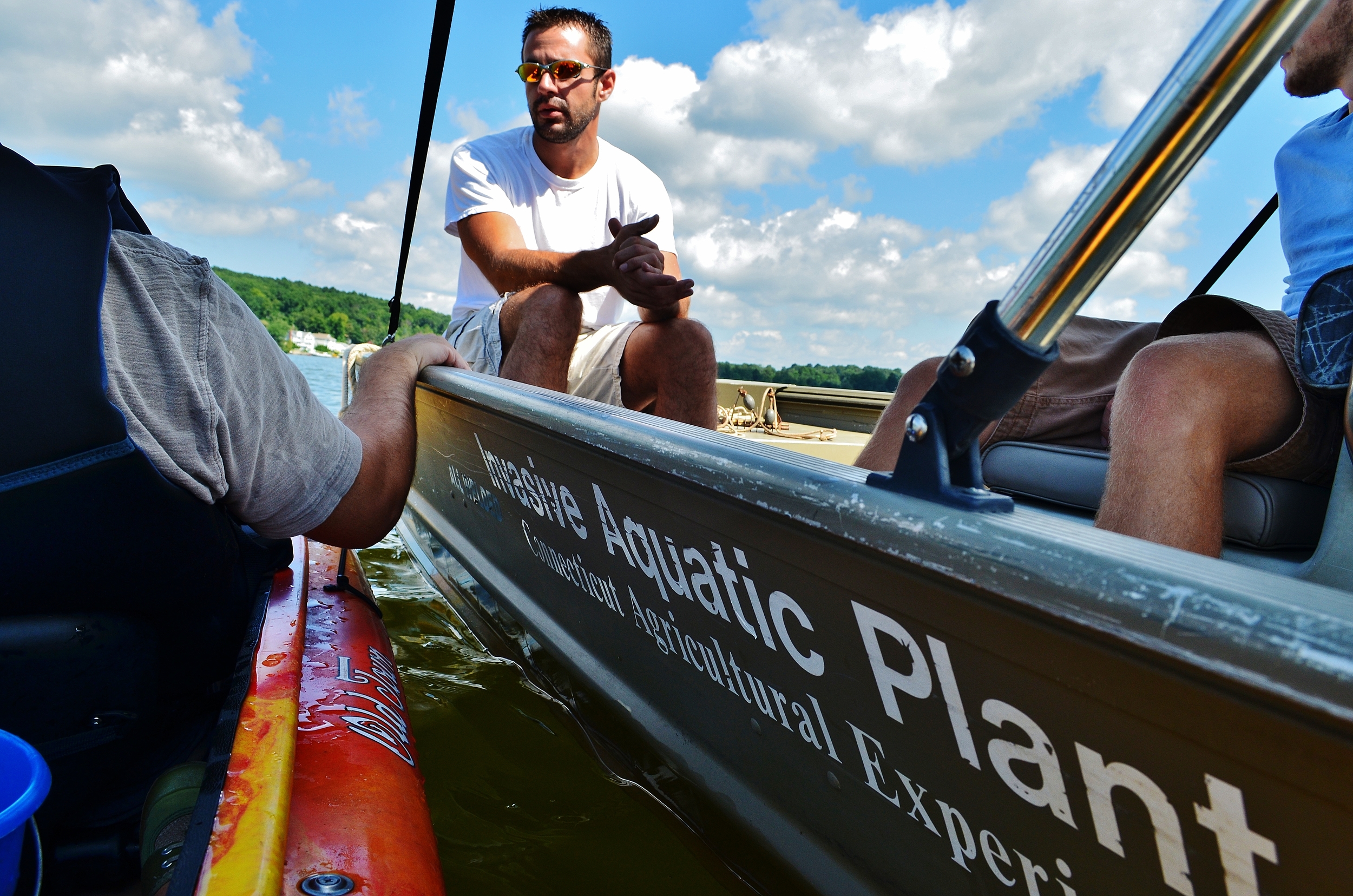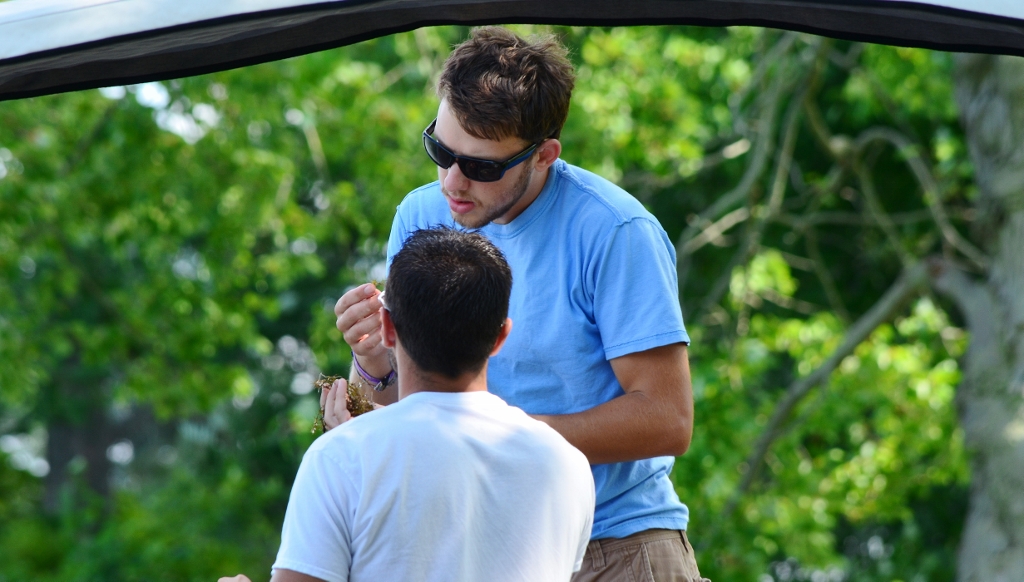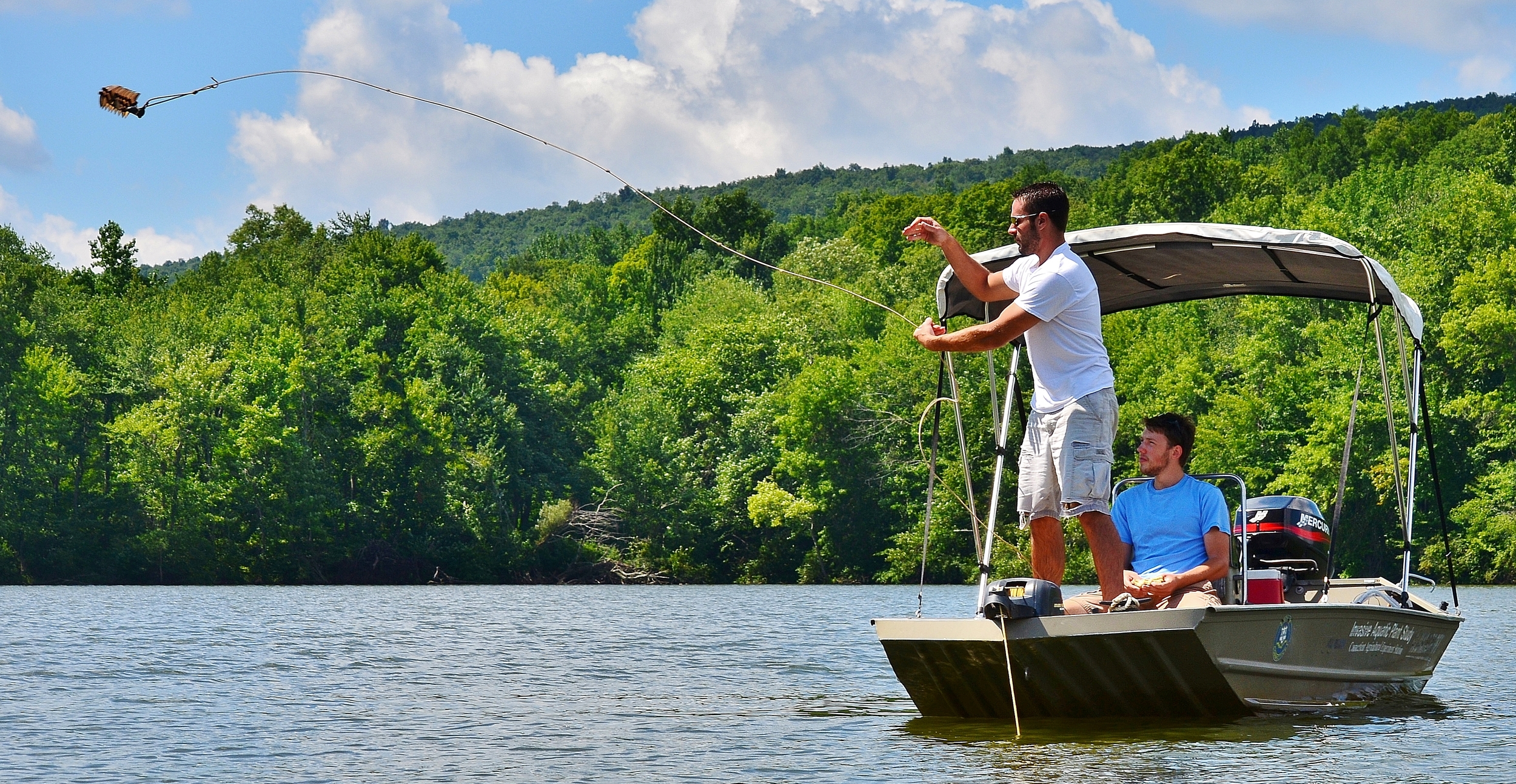Minutes of Lake Beseck Ad Hoc Advisory Committee June 23 2014
Lake Beseck Ad Hoc Advisory Committee
Monday, June 23, 2014
1. Call to Order: 7:15 P.M.
2. Members Present: Amy Poturnicki, Rob Poturnicki, Randy Bernodas, Jim Irish, Lucy Petrella, Craig Lundell, Rebecca Adams. Also in attendance, Mark June-Wells, N.E.E.
3. Approval of Agenda: Motion by Jim Irish, seconded by Craig Lundell, passed unanimously.
4. Approval of 4/28 Minutes: Motion by Jim Irish seconded by Rob Poturnicki, passed unanimously.
5. Public Comment: None
6. Chairman’s Report:
Lake Beseck Ad Hoc Advisory Committee was re-appointed in May by the BOS.
2014-2015 Lake Budget A total of $33,000 has been set aside for lake tasks and broken down as follows:
$25,000 – Capitol / Nonrecurring For projects/future projects, water testing (of this, $5,000 transferred from Ad Hoc to Capitol for monthly water testing performed by lake mngr)
$8,000 - Lake Ad Hoc For Lake Mngr assignments, outreach, committee expenses
In addition, a $15,000 overage was approved at a Town Meeting to continue the Beseck Storm Water Study. The Beseck Sand Removal Project played a role in the overage.
Community Outreach
The Turion Project, held May 3 brought out 21 people that were educated about the lakes invasives and then focused on the removal of turions from the beach area of the lake. Several lakefront property owners tackled the lakebed in front of their properties as well. Our environmental effort also made CH3 WFSB news!
Storm Drain Stenciling Project While discussions of a storm drain stenciling project is in the works as our next outreach initiative, Troop 33 Boy Scouts has expressed that they are very interested in partnering with a group to do an environmental project. This would provide them with the opportunity to earn an award for environmental service called the Wm. T. Hornaday Award, often referred to as an Environmental Olympic Award.
Lake refill is now anticipated in possibly a few weeks, now that the control valve has arrived.
Sand Removal Project Areas B, C, D on project map have been excavated. Area B is being de-watered on site. Due to erosion, the plume at Area A was been washed out. With the wet conditions at area E and F, It is unclear if they will be addressed at this time. While there is still time, ideas to improve the north end of the lake are being discussed.
Water samples collected by Mark June-Wells Mark began a series of 6 water sample collections from the lake, starting with mid-May as the first. These collections will help to identify problems within our watershed and aid in recognition of lake trends vital to plans for improving water quality.
7. Mark June-Wells Report
Water tests conducted in May suggested that PH conductivity and specific conductives resulted in relatively normal levels for Beseck waters. There was a quick and significant drop in Dissolved Oxygen in the water that was tested at 6’ of depth that is relatively unusual, suggesting that the soils below the water are undergoing high rates of respiration. No additional concern, as Nitrogen and Phosphorus levels are in line with what we have seen in the past. June water tests differ in that the de-oxygenated zone is now at 3’ vs the 6’ was seen in May likely due to an increase in temperature and microbial activity which could lead to a higher level of Phosphorus, which is yet to be determined, and maybe a shift in the algal community. Although low oxygen levels were noted near the dam and numerous fish were observed dead around the lake, a drag sample through the main body of the lake resulted in 100% oxygen concentration.
Mark mentioned a House Bill that had passed and is on the horizon for the purpose of activities of lake conservation in the form of public education, diagnostic feasibility studies, aquatic invasive plant control initiatives, monitoring and inspecting boats. He will keep everyone posted with its progress.
8. Community outreach
Discussion was had on the implementation of a storm drain stenciling project around the lake, as the next outreach project - stencil pricing, paint and roller cost, advertising, preferred color of paint, message, design, lettering size, etc.
Motion to approve spending up to $700 for storm drain stenciling project. Motion by Lucy Petrella, seconded by Craig Lundell, passed unanimously.
9. Committee meeting dates 2014/2015
7:00 P.M. Middlefield Community Center
Monday June 23, 2014
Monday July 28, 2014
Monday August 25, 2014
Monday September 22, 2014
Monday October 27, 2014
Monday November 24, 2014
Monday December 15, 2014
Monday January 26, 2015
Monday February 23, 2015
Monday March 23, 2015
Monday April 27, 2015
Monday May 18, 2015
Approve meeting dates for 2014-2015 Motion by Rebecca Adams, seconded by Jim Irish, passed unanimously.
10. Meeting adjourned at 8:30 pm.
Minutes respectfully submitted by Amy Poturnicki






























